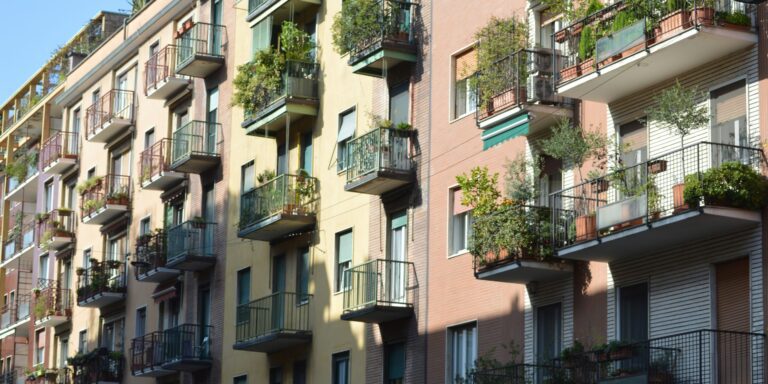The growing emphasis on sustainable living is driving a significant increase in demand for eco-friendly apartments in major U.S. urban centers, according to reports from residential property managers and developers as of late May 2025. Tenants are showing a clear preference for residences equipped with environmentally conscious features such as solar panels, energy-efficient appliances, and water-saving fixtures. This shift reflects a broader cultural movement toward sustainability and greener lifestyles.
A recent survey conducted by the National Multifamily Housing Council (NMHC) highlights this change in renter priorities, revealing that 58% of tenants are willing to pay a premium for apartments that hold green certifications and minimize their environmental impact. This willingness to invest more in sustainable living options is encouraging developers and property managers to integrate eco-friendly features into new and existing residential properties.
Cities like Seattle, Austin, and Denver have emerged as leaders in this trend, with numerous new residential developments incorporating green building practices. Many projects aim for LEED (Leadership in Energy and Environmental Design) certification, a widely recognized standard for sustainable construction. Alongside these certifications, smart home technologies designed to reduce energy consumption and improve efficiency are increasingly standard amenities. These innovations include automated lighting systems, smart thermostats, and advanced water management systems that not only help tenants lower their utility bills but also contribute to overall environmental conservation.
Property managers report that these investments in green infrastructure are proving beneficial beyond attracting tenants. “Eco-friendly apartments are not just about marketing appeal,” said Jennifer Collins, a senior property manager in Denver. “They also help reduce operating costs through lower energy and water usage, which benefits both owners and residents in the long run.”
This trend toward sustainability in residential housing aligns with a larger consumer shift that prioritizes environmental responsibility. Younger generations, in particular, have shown strong interest in reducing their carbon footprint and supporting businesses and developments that reflect their values. Additionally, government incentives at both the federal and local levels are playing a critical role in accelerating the adoption of energy-efficient building retrofits and green construction. Tax credits, rebates, and grants aimed at promoting sustainable development provide financial motivation for developers to prioritize eco-friendly designs.
The U.S. Department of Energy has recently expanded programs encouraging energy-efficient upgrades, which has helped lower the barriers for property owners considering green investments. This policy environment, combined with shifting consumer preferences, is fueling a surge in sustainable residential projects.
Market analysts note that this sustainable living trend may influence the broader housing market as well. As more renters and homebuyers seek out environmentally responsible options, developers who fail to incorporate sustainability may find themselves at a competitive disadvantage. Moreover, these eco-friendly apartments often boast higher long-term value and resilience against regulatory changes focused on reducing carbon emissions.
“Eco-conscious living is no longer a niche market; it is becoming a mainstream expectation,” explained Marcus Lee, a real estate analyst with GreenBuild Insights. “We expect to see continued growth in demand for sustainable housing options, especially in urban areas where energy costs and environmental concerns are more pronounced.”
Looking ahead, the sustainable apartment trend is likely to expand to additional cities and regions as awareness grows and technologies advance. Innovations in renewable energy, waste reduction, and smart building management are continuously improving, making green apartments more accessible and attractive to a wide range of tenants.
For renters seeking to combine lifestyle with environmental stewardship, and for developers aiming to meet this evolving demand, the eco-friendly apartment market presents promising opportunities. This shift marks an important step toward a more sustainable future in urban living.
